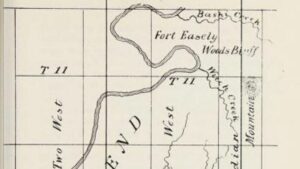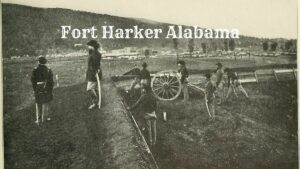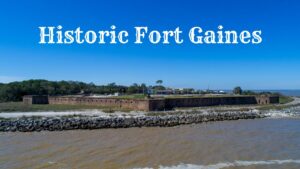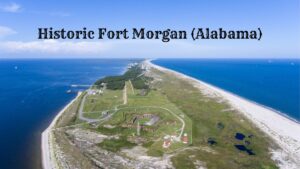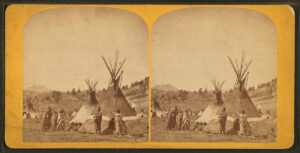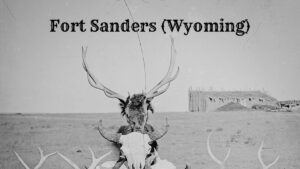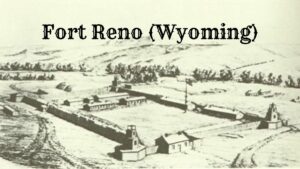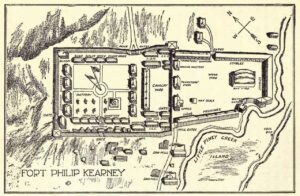Fort Easley (Alabama): A Historical Treasure in the Heart of the South
Fort Easley in Clarke County, Alabama, is significant in American history. Built during the Creek Indian War under General Ferdinand Claiborne’s orders, it protected settlers and was a critical military post. The fort witnessed key events, such as the Fort Mimms Massacre, and saw the involvement of notable figures like General Andrew Jackson. Today, a … Read more

